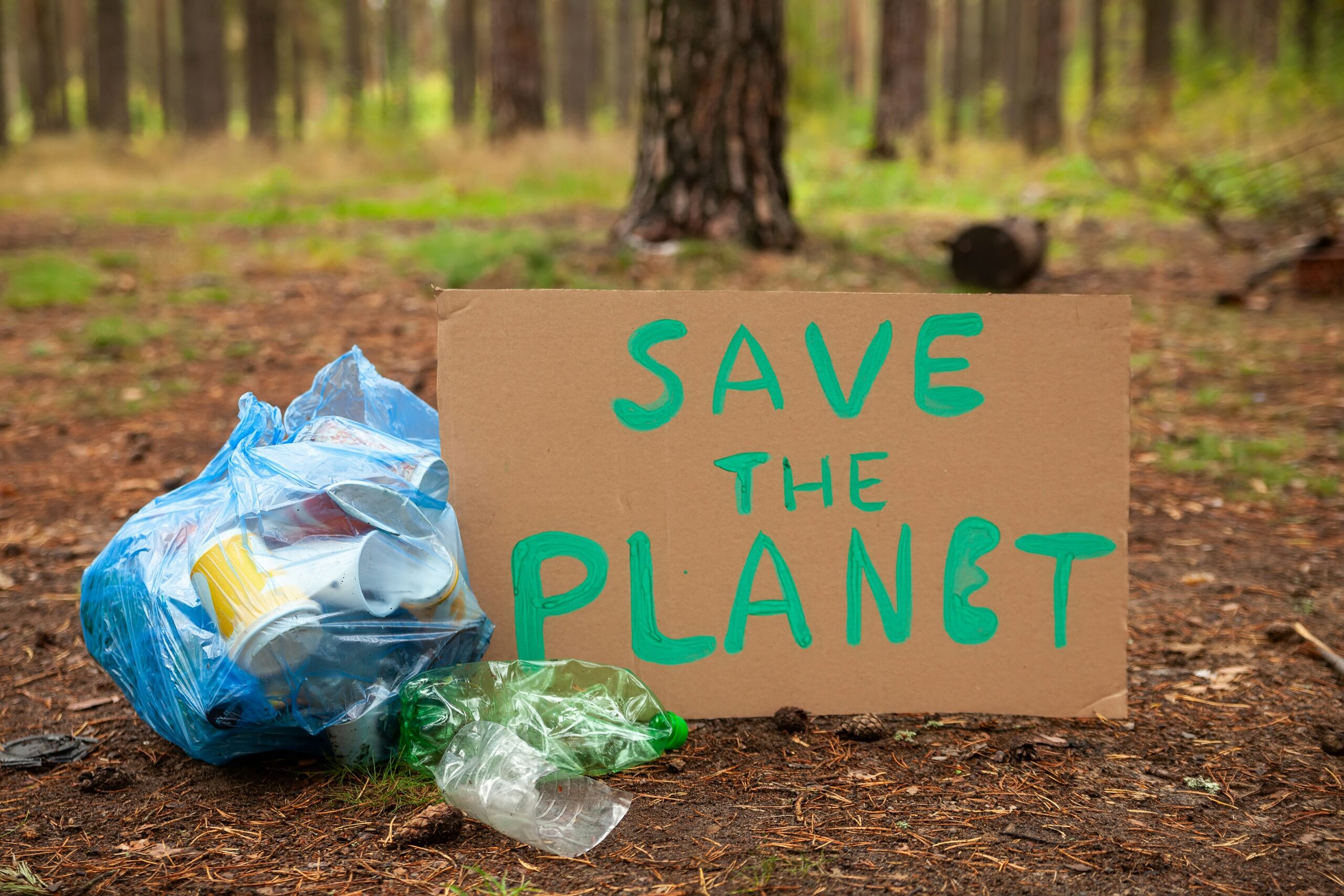
In today’s world, where environmental challenges are becoming more visible and urgent, the connection between environmental stewardship and community growth has never been more apparent. As communities face the impacts of climate change, pollution, and resource depletion, the way forward must include collective efforts to care for our environment while nurturing the places we call home. Supporting environmental stewardship is not just about saving the planet—it is about building stronger, healthier, and more resilient communities.
Understanding Environmental Stewardship
Environmental stewardship refers to the responsible management and protection of the natural environment through conservation and sustainable practices. It involves individuals, organizations, and governments collaborating to conserve natural resources and ensure that future generations inherit a habitable planet. This concept goes beyond recycling or planting trees. It includes how communities manage water, land, air quality, energy use, and wildlife habitats. When communities adopt a culture of stewardship, they are committing to a long-term vision of balance between human development and nature’s needs.
The Role of Communities in Environmental Protection
Communities play a vital role in protecting the environment. Residents are often the first to notice changes in their surroundings, such as rising temperatures, poor air quality, or water shortages. Because they are directly affected, they are also highly motivated to make changes that benefit both the environment and their well-being. Community-led efforts such as urban gardens, clean-up days, or local conservation projects often have powerful and lasting impacts. These efforts promote environmental education and encourage a shared sense of responsibility and pride.
Small-scale, local initiatives can collectively lead to large-scale change. When neighbors come together to install solar panels, reduce waste, or create green spaces, they set an example for others to follow. Over time, these efforts can influence broader policy changes and inspire other communities to take similar actions.
Environmental Stewardship Fuels Economic and Social Growth
Supporting the environment often leads to growth in other areas of community life. Economic development and environmental care are not opposites; in fact, they usually go hand in hand. For instance, investing in renewable energy sources, such as wind or solar, can create jobs and reduce long-term energy costs. Sustainable agriculture supports local farmers while preserving soil health and promoting environmental sustainability. Eco-tourism brings revenue to communities that protect natural landmarks and wildlife. By focusing on sustainable industries, communities can reduce their dependence on harmful practices and build more stable economies.
Social growth also benefits from environmental stewardship. Green spaces in neighborhoods encourage physical activity, social interaction, and mental well-being. Cleaner air and water contribute to better health outcomes. When people work together on environmental projects, they build trust, cooperation, and a sense of belonging. These connections are the foundation of a strong and vibrant community.
Education and Youth Engagement Are Key
To ensure the future of environmental stewardship, education must play a central role. Teaching children and young adults about sustainability, climate science, and the value of nature helps shape informed citizens who are ready to take action. Schools, libraries, and community centers can offer programs that inspire young people to become environmental leaders. When youth are empowered with knowledge and tools, they often lead innovative projects that have lasting effects.
Engaging the next generation also means listening to their ideas and giving them a seat at the table. Youth today are more connected than ever and deeply aware of environmental issues. By supporting their involvement in local decisions and initiatives, communities can tap into their passion and creativity to drive meaningful change.
Government and Policy Support Matter
While grassroots efforts are essential, policy support at the local, state, and national levels is equally important. Governments can create regulations and incentives that promote sustainability, such as offering tax breaks for green businesses, providing grants for environmental projects, and implementing stricter pollution controls. Partnerships between public agencies and community organizations can provide the necessary resources to implement impactful programs.
Good environmental policy ensures that everyone—including low-income and marginalized communities—has access to clean air, water, and green spaces. Environmental justice must be an integral part of stewardship, ensuring that no one bears an unfair burden of pollution or climate-related impacts. Inclusive policies that address both social and ecological needs build more equitable and united communities.
Working Together for a Greener Tomorrow
Supporting environmental stewardship and community growth is not a one-time action; it is a continuous effort that requires the participation of all parts of society. From individuals and families to schools, businesses, and government bodies, everyone has a role to play. By caring for the environment, we are also caring for our health, our economy, and our future.
Communities that invest in sustainability today are more likely to thrive in the future. The benefits of stewardship are long-lasting and far-reaching, creating cleaner, safer, and more connected places to live. As we face the environmental challenges of the 21st century, the path forward is clear: we must grow together with nature, not against it. Through shared commitment and action, we can build a better world for ourselves and generations to come.